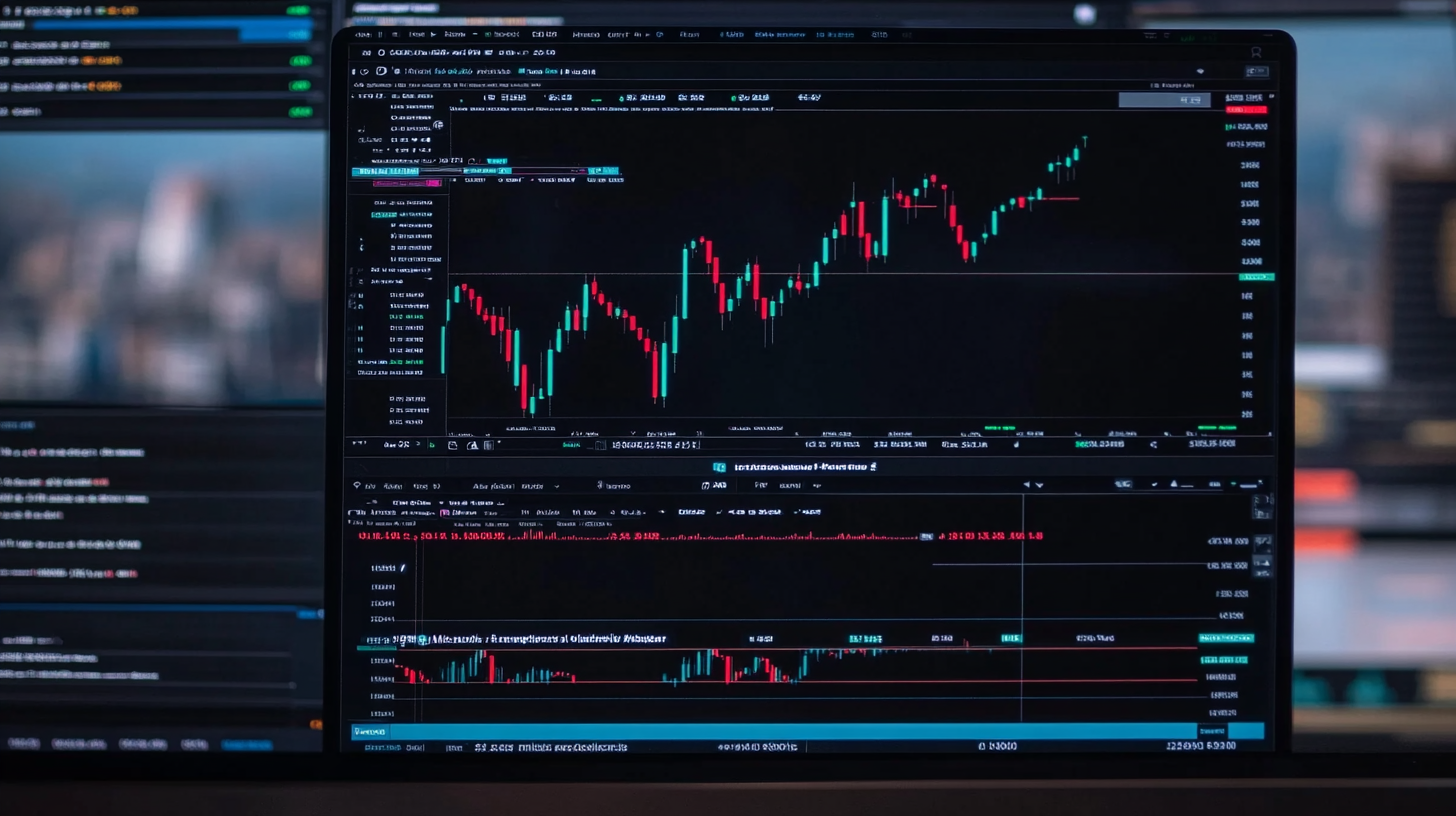Novice Investor’s Digest For Tuesday, September 30: Stock Futures Down Ahead Of Shutdown Deadline
By Catherine Brock,Contributor
Copyright forbes

Stock prices rose Monday, but futures are down ahead of the market open on Tuesday.
Stock prices rose Monday for a second day of gains, despite a fast-approaching deadline to avoid government shutdown. A high-profile meeting between Republican and Democratic leaders on Monday ended without a deal, raising the likelihood of a government closure Wednesday at 12:01 a.m. ET.
The Democrats want permanent health care subsidies for people who buy insurance through the Affordable Care Act. Tax breaks associated with the ACA are currently set to expire this year. The Dems also want to undo some ACA coverage restrictions that were incorporated into President Donald Trump’s One Big Beautiful Bill.
Republicans have been unwilling to entertain healthcare concessions in this negotiation. Trump has threatened mass federal worker firings if the Democrats do not stand down.
On Monday, the large-cap S&P 500 index rose 0.3%, the technology-focused Nasdaq Composite rose 0.5%, and the Dow Jones Industrial Average, focused on blue-chip stocks, rose 0.2%.
Stock futures for the S&P 500, Nasdaq 100 and Dow Jones are down ahead of the market open on Tuesday. Contracts tied to the S&P 500 are down 0.2%. Nasdaq 100 futures are down 0.1% and Dow Jones futures are down 0.3%.
ForbesAs Stagflation Fears Rise, Prepare For Higher Prices And UnemploymentBy Catherine Brock
MORE FOR YOU
Investing & Economic News To Watch Today
Economic and investing news on the calendar for Tuesday include:
Job Openings and Labor Turnover Survey. JOLTS, as it’s known, is a monthly and annual report by the Bureau of Labor Statistics summarizing U.S. job openings, hires and separations. July job openings were 7.2 million. The August figure is expected to be 7.1 million.
Consumer confidence. The Conference Board reports its Consumer Confidence Index monthly. In August, the index fell 1.3 points to 97.4. The expected September value is 96.
Nike (NKE) earnings. Apparel brand Nike is expected to report $0.27 in EPS for the August quarter. EPS in the prior-year quarter was $0.70.
Paychex (PAYX). Payroll service provider is expected to report $1.20 in EPS for the August quarter, which would be a slight gain over the $1.16 reported in the prior-year period.
Today’s Trading Lesson
Do you know when to take profits? Profit-taking is the practice of selling a position to realize a gain. This may seem like a primary activity for investing success, but that’s not always the case.
ForbesHow To Decide How Much To Invest In Stocks Vs. BondsBy Catherine Brock
Profit-taking can be important for any investor on a timeline, or when there’s a high probability the position’s future gain potential is limited compared to other options. Profit-taking is less important for long-term investors who rely on compounding to produce gains over time.
Investors on a Timeline
Stock prices don’t always comply with timelines. If you are investing for a specific and scheduled purpose that’s quickly approaching—such as a child’s education—you may be motivated to take profits when they’re available. This minimizes the chances you’ll be stuck taking a loss when it’s time to start paying those tuition bills.
Short-term traders also take profits aggressively because their approach relies on realizing gains and reinvesting quickly.
ForbesUnderstanding Risk Vs. Reward: What Every New Investor Should KnowBy Catherine Brock
When working under a short- or medium-term investing timeline, you may want to set parameters for profit-taking to minimize emotional decision-making. For example, you might decide to liquidate positions when you reach a certain profit threshold, such as 15% or 20%.
Limited Future Gain Potential
You may also take profits when a stock has rallied but the run appears to have stalled out. This is often an opportunity-cost decision. If the position has lesser future potential than other options, you can realize your gain and reinvest your funds elsewhere.
Long-term Investors
If you are investing for a retirement date that’s still more than a decade away, profit-taking may not be a priority. As a long-term investor, you are likely targeting gains through compound earnings over time. This strategy relies on staying invested in good companies almost indefinitely. Rather than realizing profits—and potentially paying taxes on those profits—you would keep the gains invested to maximum your long-term returns.
Forbes8 Expensive Investing Mistakes And How To Avoid ThemBy Catherine BrockForbes6 Best ETFs To Buy And Invest In 2025By Catherine BrockForbes7 Top Stocks To Buy And Invest In 2025By Catherine Brock
Editorial StandardsReprints & Permissions



